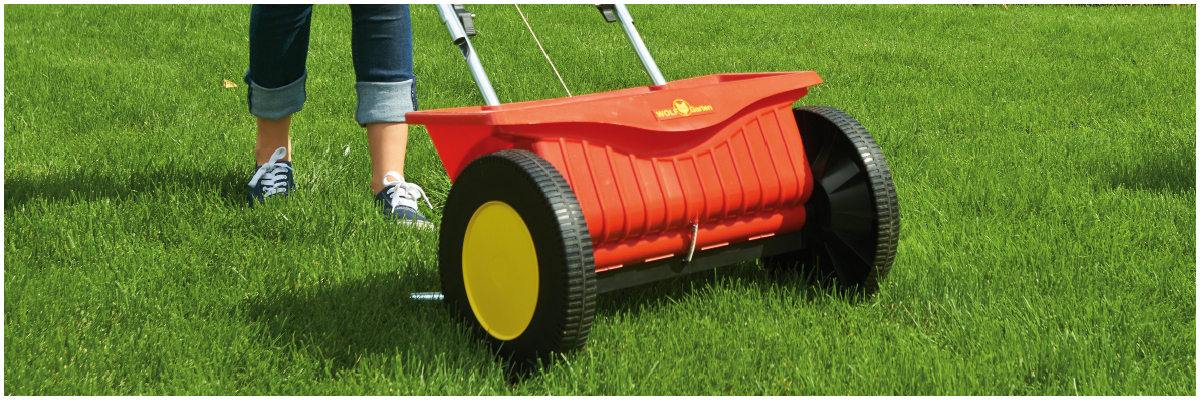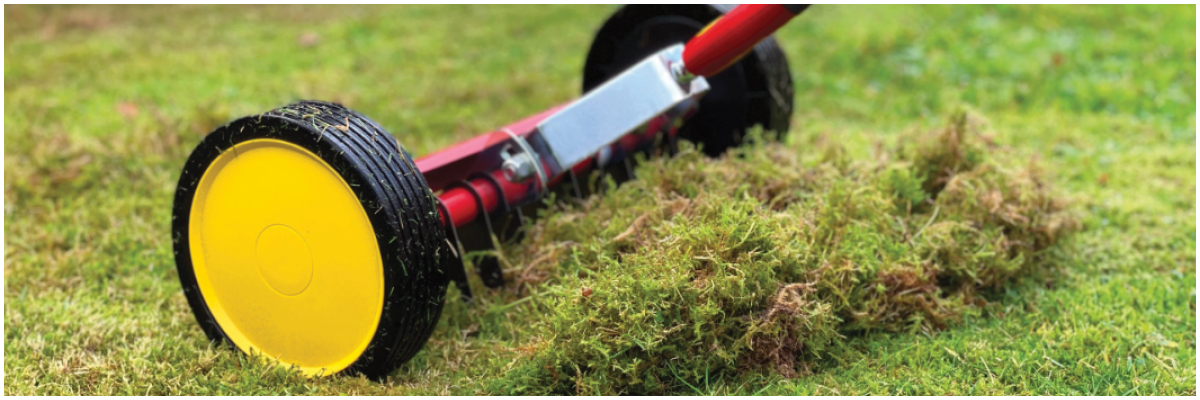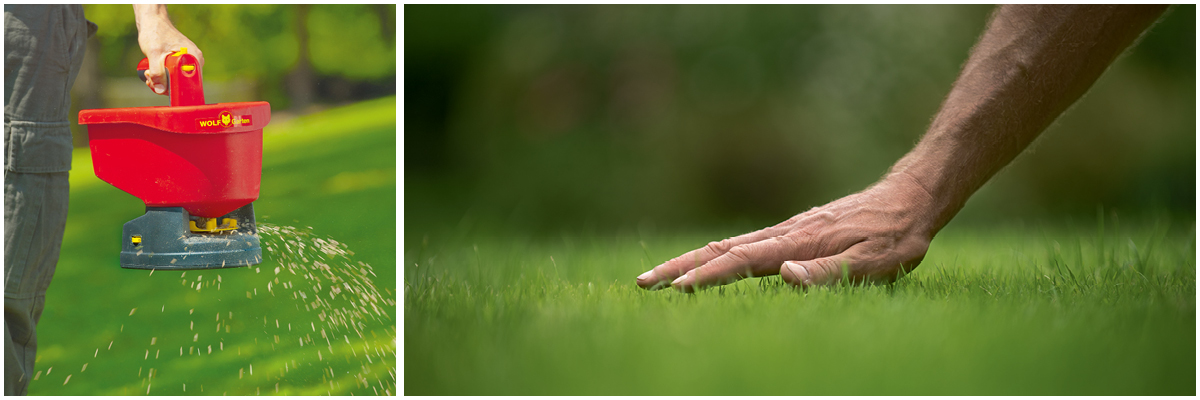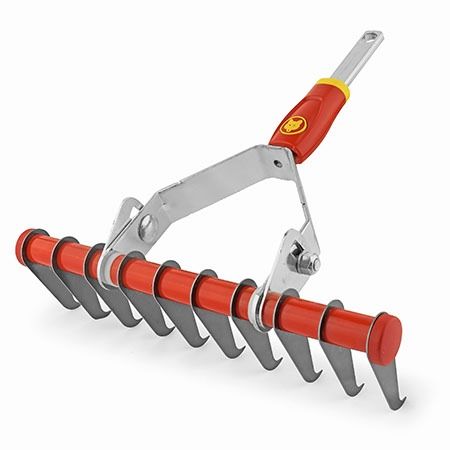What is scarifying?
Curved steel tines cut through the surface of the soil to loosen up thatch, moss and weeds. Collect the dead organic matter using a rake and use it in yoru compost or worm farm. Scarifying allows the grass to breathe and absorb nurtients and water more easily. After scarifying, feed the lawn to encourage a quick recovery and strong regrowth.
What you need to do:
Prep and Fertilize
Get your tired, winter lawn ready for spring scarifying. When growing begins, scatter a high-quality lawn fertilizer to encourage a strong start to the growing season. Using a seed spreader to do this will make the task quick and painless. Mow your lawn two or three times before scarifying it for the first time.
Scarify
Now scarify the lawn thoroughly - ideally several times - both lengthways and across the yard. Always ensure that the tines only touch the ground lightly. Scarifying too deeply may damage the grass and wear the tines of the scarifier. To prevent damage, move gently and quickly across the area. Collect thatch and old clippings with a rake and add them to your compost bin or worm farm - this will add some nutrients to your compost that your garden can benefit from later. Using the WOLF-Garten Scarifying Roller Rake is a great option to make this process quick and easy.
Reseeding
After scarifying, you can make corrections to the surface of the lawn by adding or removing topsoil where needed. Small gaps caused by scarifying will close up by themselves, so don't worry about making the surface too perfect. Lastly, use this time to reseed your lawn and allow your new grass to fluorish as the warm weather sets in. Using a WOLF-Garten seed spreader is a great option to save you time and ensure seeds are evenly spread.












